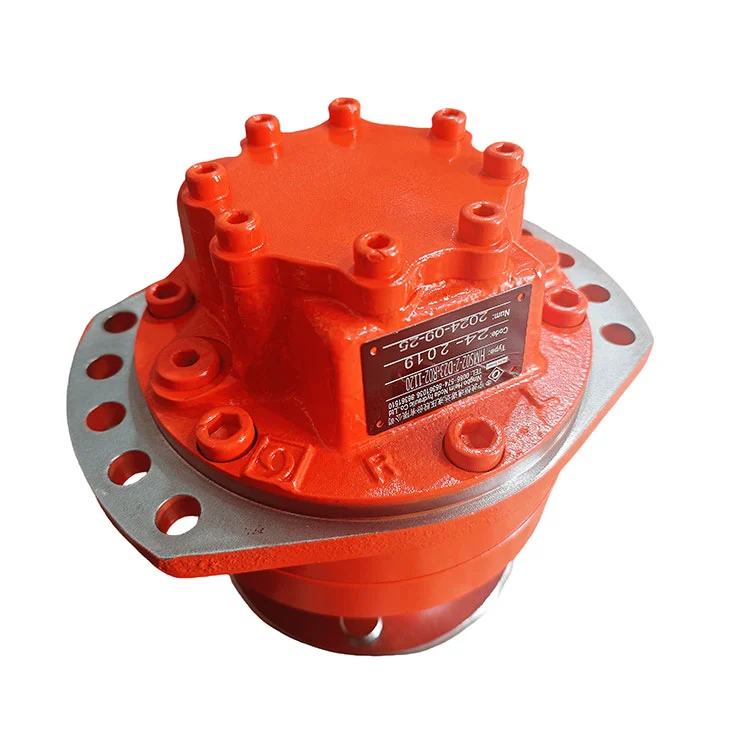What is Hydraulic Motor
2025-05-06
A hydraulic motor is a mechanical actuator that converts hydraulic energy (fluid pressure and flow) into rotational mechanical energy (torque and speed). It's essentially the opposite of a hydraulic pump: where a pump pushes fluid to create pressure, a motor uses that pressurized fluid to generate motion.
How It Works:
Pressurized hydraulic fluid is delivered to the motor.
The fluid forces internal components (like gears, vanes, or pistons) to move.
This movement generates rotary motion (spinning), which can then drive machinery.
Hydraulic Motors:
Gear motors: Use meshing gears to generate motion; simple and cost-effective.
Vane motors: Use vanes that slide in and out of a rotor; good speed control.
Piston motors: Use pistons arranged in radial or axial configurations; high efficiency and torque.

Common Uses:
Construction equipment (e.g., excavators, cranes)
Agricultural machinery
Conveyor systems
Industrial machines
If you are interested in our products or have any questions, please feel free to contact us and we will reply you within 24 hours.